The Manaslu massif is located in central northern Nepal. This group of mountains form a major part of the Himalaya range, and features the eighth highest mountain in the world, the namesake, Manaslu. We have no ambitions for that mountain. But we did have the ambition to walk around the massif. Starting at Macchakhola, along the Buri Gandaki river, we would walk up to the source of the stream, over the Larkye pass, and down to Dharapani, where the Marsyandi river and the Annapurna circuit treks start. Now I don’t expect any of these proper nouns to mean anything to you here. But for us, these were landmark stops in what was an incredible three week journey through the Manaslu and Tsum valleys.
During our time, we witnessed the hard manual way of life that the people of these valleys live. We delved into Tibetan Buddhism, learning about the teachings and culture. And we saw the most impressive mountains that we have found anywhere on this earth. Whatever scale you had for mountain faces, double it, and then some. It was a lifechanging, awesome experience that we wouldn’t change for anything. But it was very long, so I’ll give you the overall details of the hike here, and end this blog with the story of our journey up. The blogs of the actual journey will follow.
Manaslu & Tsum Valley
21 Days
270km
18000m Elevation
The standard Manaslu circuit takes anywhere from 10-12 days (including transportation), in a straight line from Macchakhola to Dharapani. We met many people that took on this route. But with more time available to us, we opted for an extended journey, with a couple of side trips from the Manaslu valley, and a week up the Tsum valley, a rarely visited offshoot up the Shyar Khloa river.
The inhabitants of this region are Tibetan in ethnicity, and the culture reflects that more of Tibet than it does of Kathmandu valley. Tibetan Buddhism is the main religious practice here, and the people are very devout. Many monasteries and nunneries are established in these valleys, where there is solace from the hectic business of the world, and protection from religious persecution, which was a historical concern. They are supported financially by larger monasteries in Kathmandu, and by the locals, who give their crops for the monks and nuns to eat.
There are no roads in the valleys. The road up from Kathmandu ends in Jagat, where we spent our first night of the hike. Any transportation after Jagat is on footpath. There is a long term plan to get a road to Tibet up the valley, but given the distinct lack of a viable route (steep cliffs everywhere), it will take a long time to get there. Any imports come in via mule, and can take up to a week by foot to make it to certain villages. Rarely imports come by helicopter, but that’s generally reserved for emergencies.
As a result of the remoteness, most food is grown in the valleys. The only local industries are agriculture and tourism. Tsampa (barley), wheat, potatoes, spinach, beans and maize make up the majority of the crops of the region. The main imports are rice and concrete. The only export is tourism. The main meal is dal bat, which is a plate of rice, potato curry, dal soup and fried vegetables. This is what all the locals eat for lunch and dinner most of the time. Specialties include nettle soup and chapatti.
There are not a lot of kids in the valley. Most go to boarding schools, and when they get to certain age, they will go to college outside of the valley, and then never move back. As a result, the valley is dying population wise, as people search for a better lifestyle than the arid, hostile, remote and cold valleys that the Himalayas provide.
Experiencing this world was certainly an adventure. The life of everyone here is hard. This includes the tourists, but it is especially true for the local inhabitants. Every hiker was exhausted and dealing with something. Every local is struggling. But there was a sense of power and beauty that kept everyone at least positive. And that was great. It was an unforgettable experience, and one we are happy to share with you.
The Drive Up
We were picked up early in the morning by our guide, Hari. This was our second meeting, having met the day before at the tour company office. He took us to the bus station, where we met Shubus, our porter for the trek. The four of us, and many other small tour groups, got on the only bus from Kathmandu to Macchakhola, where the trailhead for our journey would be. We were told to settle in for a long day on the bus.
The bus itself was built to withstand come crazy roads. It had some sort of lift kit and heavy duty tires installed. Inside was just enough leg room to not be uncomfortable. The seats were quite narrow, so it was more comfortable for the both of us if my legs were in the aisle. The same Nepali music was blasting the whole time. We think it was the exact same 10 minute song over and over. We heard the hook all the time.
Cam spent most of the drive in a half asleep catatonic state. She slept through the first rest stop, where everyone had breakfast. I had some really delicious roadside samosas, and spilt chai all over myself. An older Italian lady made her acquaintance. She was about to start a 20 day trek through the Manaslu and Annapurna valleys. The massifs are right next to each other, and its not uncommon to string the two together.
Being on a bus, I always like to predict the route that it would take. We didn’t take the first expected right off of the main highway north to Macchakhola, nor the second. There wasn’t really a good option after that. We later learned that there was a landslide overwinter that took out the main road. It meant it would be a long detour, and longer journey to reach our trailhead.
The bus had many set stops in many different towns, picking up and dropping off locals, and sometimes cargo, wherever they needed to go. The aisle got crowded at points with people standing in the middle and we had to shrink back to our seats.
We had lunch at some sort of truck stop equivalent. The only thing on the menu was dal bat. This was our first true experience with the Nepali staple. This one came with a metal plate with rice, dal, spinach, potato curry, and a super spicy pickle. The food is unlimited, and at least initially, quite delicious. Servers come around to your table and refill your with whatever was missing. It took some effort to shoo them away when we were full. This meal would become the staple of our diet for most of the hike.
Fairly quickly after lunch, we departed from ‘paved’ roads, and spent the next 5 hours slowly meandering through some steep foothills towards Macchakhola. Due to the landslide, we had to essentially double back on the route over the winding mountains. I chatted with a young university student from Macchakhola. He was studying software engineering in Lalitpur, but returning home to help his parents with the harvest. He wishes to do a semester abroad in Canada or Australia.
We made it to Aarughat, where we rejoined with the original road to Macchakhola, and the quality of road plummeted. This town is the original trailhead for the Manaslu circuit. With the expansion of the road north, we had shaved three days off of the trek before we even started. The road was harrowing though. Barely a car wide at most parts, it tightly hugged the cliffside to a now prominent valley to the Buri Gandaki river hundreds of metres below. The bus jostled left right and centre moving at walking speed over massive rocks and potholes in the road. Slopes were over 10 degrees in every direction. At one point we had to do a precarious back-up to let another vehicle pass the other way. I’m sure a good portion of the bus would have rather walked those first three days. But we made it in one piece, ready to start the longest and largest trek of our lives.
The night was easy. We had a private room with our own bathroom, the last one for a long while. Dinner was basic, and we began to make friends with a group of 10 young adults doing a 13 day trek straight through the valley. One was already suffering, just coming off a 12 day Buddhist retreat. But they would power through, as would we. We went to bed early, ready for the morning, and whatever the mountains would throw at us. Welcome to the adventure. Welcome to Manaslu
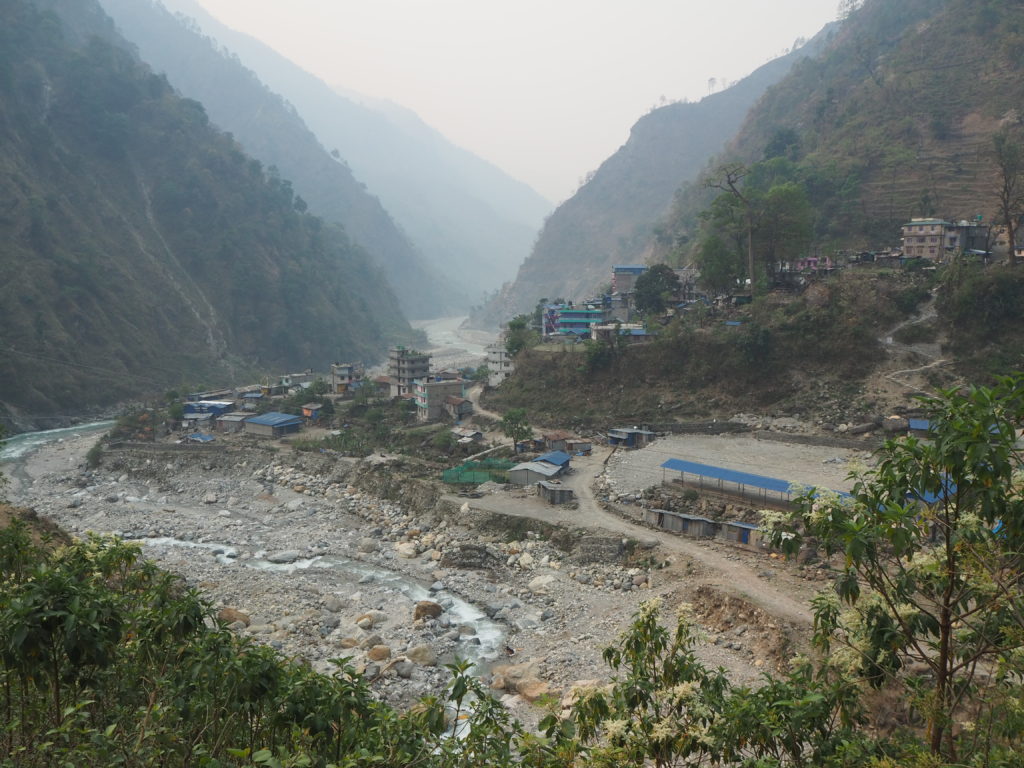
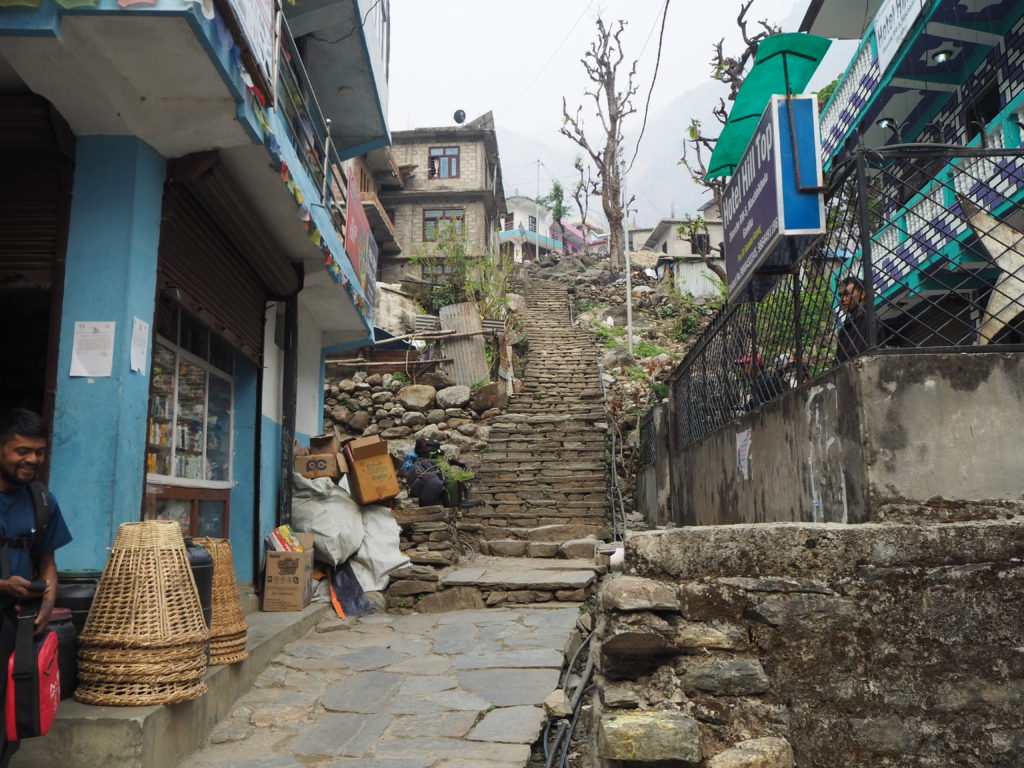
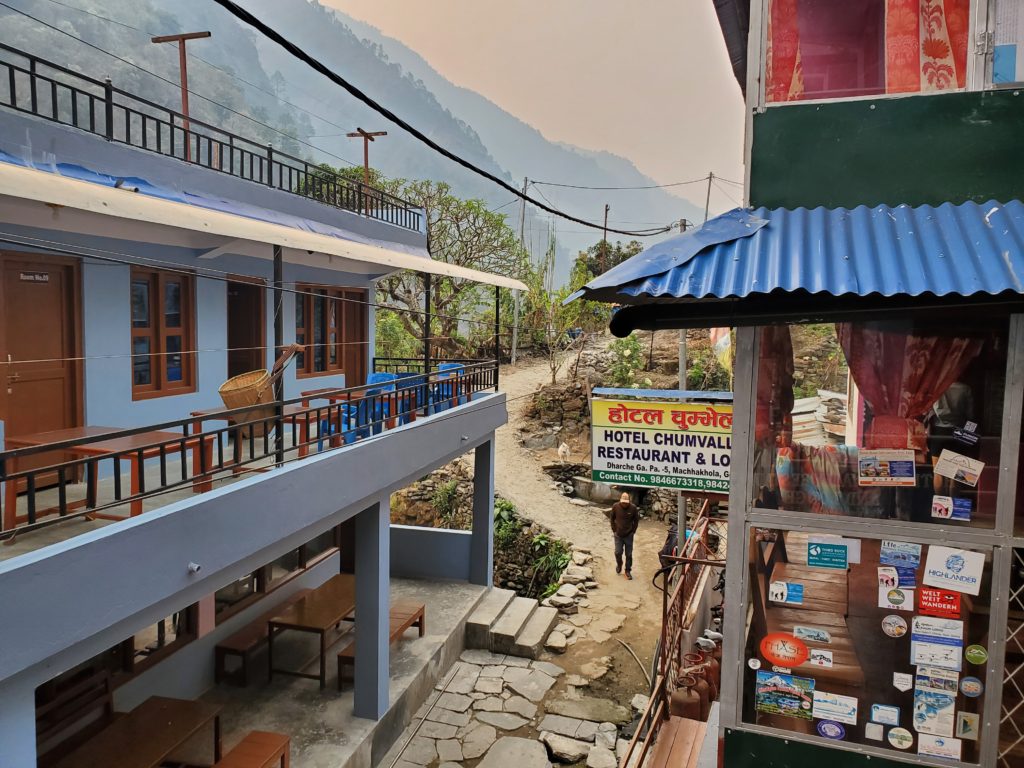
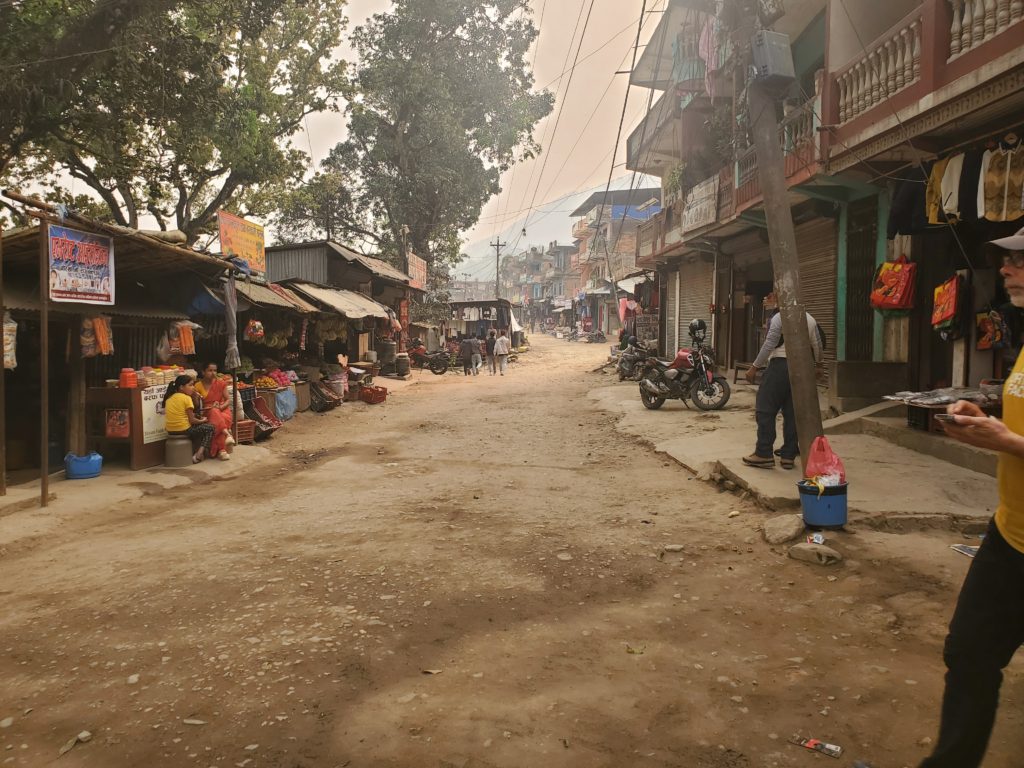
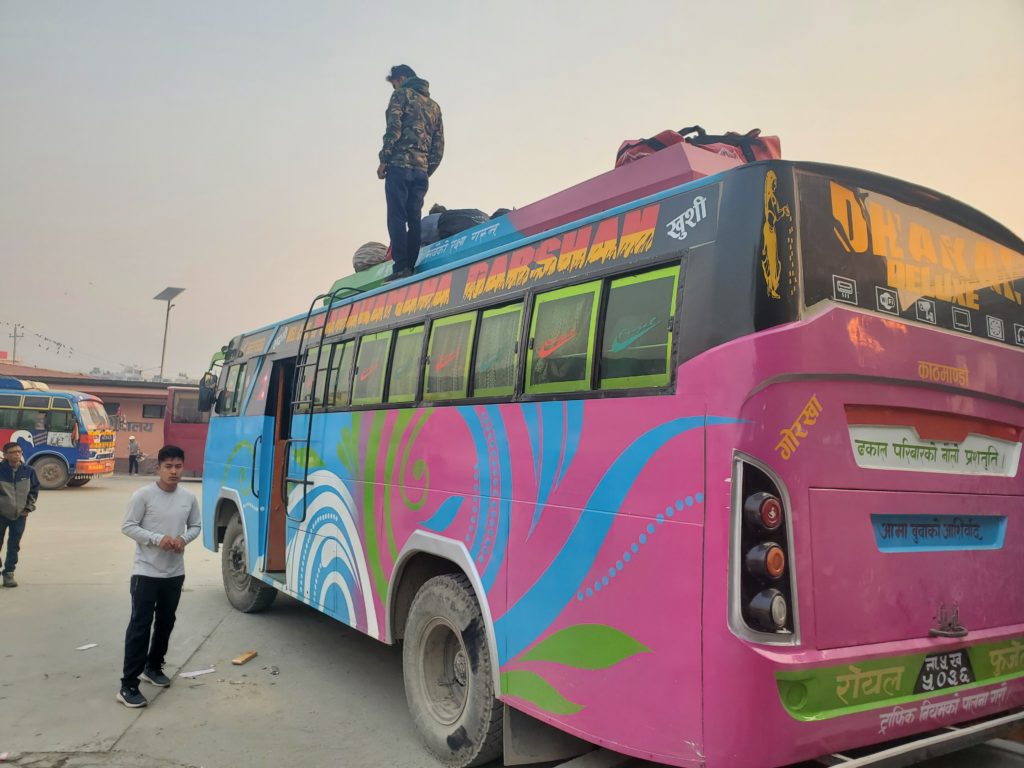


Well done, good on yourselves for embracing not just the trek but also the local Tibetan culture, Namaste. An epic adventure awaits and you are well encultured to fully enjoy.
Can relate to the seemingly scary mountain bus rides where sometimes it is just best to close your eyes and trust in good karma. Those drivers have done this before, not as risky as it appears. Travelling w local transpo is always eye opening for the window into local culture. It’s only crowded when the passengers have to sit on the roof!
Keep trekking, spin those prayer wheels.
Your photographs are award winning. Looks like you can go into the calendar-making business when you get home. And your elevation!!!!!! 18000 metres!!!! That is crazy. What an adventure.
Agree. Beautiful photos. Ready to hear these stories in person! xo mom